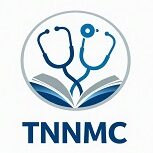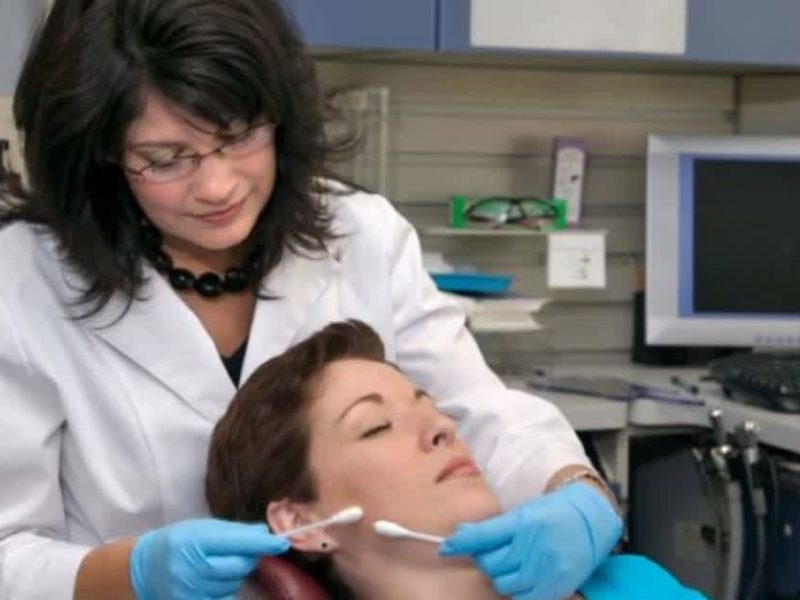The healthcare industry is evolving rapidly, and nurse practitioners (NPs) are at the forefront of this transformation. As the demand for healthcare services continues to rise, nurse practitioners remain the fastest-growing occupation in the United States. This trend reflects a broader shift in the healthcare landscape, where the role of NPs is expanding significantly to meet the growing needs of the population.
The Role of Nurse Practitioners in Modern Healthcare
Nurse practitioners play a crucial role in modern healthcare by providing high-quality, patient-centered care. They are advanced practice registered nurses (APRNs) with specialized education and clinical training that allows them to assess, diagnose, and manage patient health conditions. Unlike traditional registered nurses (RNs), NPs have the authority to prescribe medications, order diagnostic tests, and develop treatment plans.
This expanded scope of practice is particularly valuable in primary care settings, where NPs often serve as the primary healthcare provider for patients. Their ability to provide comprehensive care makes them indispensable in addressing the healthcare needs of diverse populations, especially in underserved areas where access to physicians may be limited.

The Fastest-Growing Occupation: Statistics and Projections
According to the U.S. Bureau of Labor Statistics (BLS), nurse practitioners are the fastest-growing occupation in the United States, with an expected growth rate of 45% from 2020 to 2030 BLS projection. This growth rate is significantly higher than the average for all occupations, which is projected at 8% over the same period. The increasing demand for NPs is driven by several factors, including an aging population, the prevalence of chronic diseases, and the expanding emphasis on preventive care.
The BLS also reports that as of 2020, there were approximately 220,300 nurse practitioners employed in the United States, with this number expected to rise to 335,200 by 2030. This surge in employment reflects the critical need for healthcare providers who can deliver primary and specialized care in various settings, from hospitals and clinics to community health centers and private practices.
The Impact of the Aging Population
One of the primary drivers of the rapid growth in the nurse practitioner profession is the aging population. The U.S. Census Bureau projects that by 2034, older adults will outnumber children for the first time in U.S. history Census Bureau projection. As the population ages, the demand for healthcare services, particularly in managing chronic conditions and providing long-term care, is expected to increase dramatically.
Nurse practitioners are uniquely positioned to address these needs, especially in geriatric care. Their training in both acute and chronic care management allows them to provide comprehensive care to older adults, focusing on improving quality of life, managing multiple chronic conditions, and coordinating care across different healthcare providers.
Chronic Disease Management: A Growing Need
Chronic diseases such as diabetes, hypertension, and heart disease are on the rise in the United States, contributing to the increasing demand for healthcare services. The Centers for Disease Control and Prevention (CDC) reports that six in ten adults in the U.S. have a chronic disease, and four in ten have two or more CDC chronic disease statistics. Nurse practitioners are at the forefront of managing these conditions, providing ongoing care and education to patients to help them manage their health effectively.
The role of NPs in chronic disease management is critical in reducing hospital readmissions, improving patient outcomes, and lowering healthcare costs. Their ability to provide personalized care, develop long-term care plans, and offer patient education on lifestyle changes and medication management makes them essential in addressing the growing burden of chronic diseases.
The Expansion of Preventive Care
Preventive care is a cornerstone of modern healthcare, focusing on preventing diseases before they occur rather than treating them after they develop. Nurse practitioners are key players in delivering preventive care services, including immunizations, screenings, and health education.
The Affordable Care Act (ACA) has significantly expanded access to preventive care, leading to an increased demand for healthcare providers who can offer these services. Nurse practitioners are well-equipped to meet this demand, providing preventive care that helps patients maintain their health, reduce the risk of developing chronic conditions, and catch diseases early when they are most treatable.
Addressing Healthcare Access in Rural and Underserved Areas
One of the most significant challenges in the U.S. healthcare system is ensuring access to care in rural and underserved areas. The Health Resources and Services Administration (HRSA) estimates that nearly 80 million people live in areas with a shortage of primary care providers HRSA data. Nurse practitioners are critical in addressing this gap, often serving as the primary healthcare provider in these communities.
In rural areas, NPs provide a wide range of services, from primary care and emergency services to mental health and specialty care. Their ability to practice independently in many states allows them to offer essential healthcare services in areas where physician shortages are most acute. This not only improves access to care but also enhances the overall health outcomes of these populations.
Legislative Support for Nurse Practitioners
The growing recognition of the value that nurse practitioners bring to the healthcare system has led to significant legislative support for expanding their scope of practice. As of 2021, 24 states and the District of Columbia have granted NPs full practice authority, allowing them to practice independently without physician oversight AANP state practice environment.
This legislative trend reflects a broader acknowledgment of the important role NPs play in delivering high-quality care, particularly in underserved and rural areas. Full practice authority enables NPs to provide care more efficiently, reducing delays in treatment and improving patient access to essential healthcare services.
The Future of Nurse Practitioners in Healthcare
The future of healthcare is likely to see an even greater reliance on nurse practitioners as key providers of care. With the ongoing challenges posed by an aging population, rising chronic disease rates, and healthcare provider shortages, NPs are expected to continue to be the fastest-growing occupation in the healthcare sector.
Moreover, the shift towards value-based care, which emphasizes quality and outcomes rather than the volume of services provided, aligns well with the strengths of nurse practitioners. Their focus on patient-centered care, prevention, and chronic disease management makes them ideal providers in a value-based healthcare system.
Education and Training: Preparing for the Future
The rapid growth of the nurse practitioner profession has also led to an increased demand for educational programs that prepare the next generation of NPs. According to the American Association of Nurse Practitioners (AANP), there are over 400 accredited nurse practitioner programs in the United States, offering a range of specializations, from family practice to acute care AANP education and training.
These programs are designed to provide the advanced clinical training and knowledge necessary for NPs to meet the complex healthcare needs of their patients. As the demand for nurse practitioners continues to grow, so too will the need for high-quality education and training programs that can produce skilled, knowledgeable, and compassionate healthcare providers.
The Economic Impact of Nurse Practitioners
The economic impact of the nurse practitioner profession extends beyond healthcare delivery. The growth of the NP workforce has significant implications for the broader economy, particularly in terms of job creation and healthcare spending.
As the fastest-growing occupation, nurse practitioners are contributing to job growth in the healthcare sector, one of the largest and most dynamic sectors of the U.S. economy. Moreover, the cost-effective care provided by NPs can help reduce overall healthcare spending, particularly in managing chronic diseases and providing preventive care.
Conclusion
Nurse practitioners remain the fastest-growing occupation in the United States, a trend that reflects the critical role they play in the evolving healthcare landscape. As the demand for healthcare services continues to rise, driven by an aging population, the prevalence of chronic diseases, and the need for preventive care, NPs are increasingly essential in meeting these needs.
Their ability to provide high-quality, patient-centered care, particularly in underserved areas, positions them as key providers in the future of healthcare. With ongoing legislative support, expanding educational opportunities, and a growing recognition of their value, nurse practitioners are poised to continue their rapid growth and make an even greater impact on the health and well-being of the populations they serve.
In the context of healthcare’s future, nurse practitioners are not just the fastest-growing occupation—they are the driving force behind a more accessible, equitable, and effective healthcare system.



